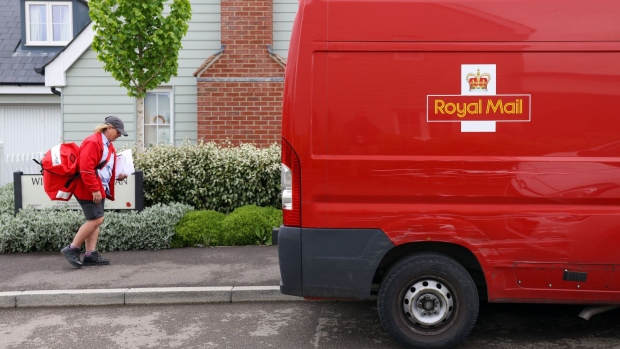In recent times, we are seeing a considerable rise in the use of drone technology throughout the world. They are now being deployed in different parts of the world to support communities and their daily life activities as they have access to inaccessible locations that humans can’t access. A while ago, it was reported that Royal Mail, a British multinational postal service and a courier company, is considering manufacturing a fleet of 500 drones to transport goods and services across the UK. This is no doubt the most beneficial step taken by the Royal Mail to facilitate local communities in their standard operations. Four trials of the drones have been performed during the last 18 months in Scotland and Cornwell. These test flights were conducted over the different regions of the UK, including the route from Tingwall Airport to Unst Airport.

These drones, also known as UAVs (unmanned aerial vehicles), have a wingspan of around 30 feet (10 meters). They are also referred to as “small helicopters” due to their appearance, but they possess the distinctive capability of taking off directly from any type of location, be it land, a desert, or the sea. Chris Paxton, head of drone trials at Royal Mail said that “There is no need for the pilot to be able to see where they’re going, which means they can fly in fog. And because they’re flying rather than going on the sea, they’re also not relying on tides.”
Another aspect to consider is that these drones are free from carbon emissions, which may cause air pollution, and can easily take off in bad weather as well. “On-time delivery regardless of our customer’s location or the weather, whilst protecting our environment is our goal.” Even though we go everywhere, Royal Mail already has the lowest CO2 emissions per parcel delivered. “This initiative will help reduce our emissions even further,” claimed Simon Thompson, chief executive officer at Royal Mail.

Moreover, they are able to carry a weight of 100 kg of mail to and from different parts of the UK. Coupled with this, the Daily Mail has partnered with a London-based company, “Windracers,” to open up 50 new routes for the transfer of mail throughout the UK. The routes include the “Isles of Scilly, Shetland Islands, Orkney Islands, and the Hebrides”. Thus, the emergence of this service would rapidly increase the demand and would revive the concept of mail as well. The mail or parcels will be gathered by the vans of the mail service providers, which will then ultimately be delivered to their homes. This shows that the interaction of human beings is still there even with the deployment of drones, thereby not replacing human beings entirely.



